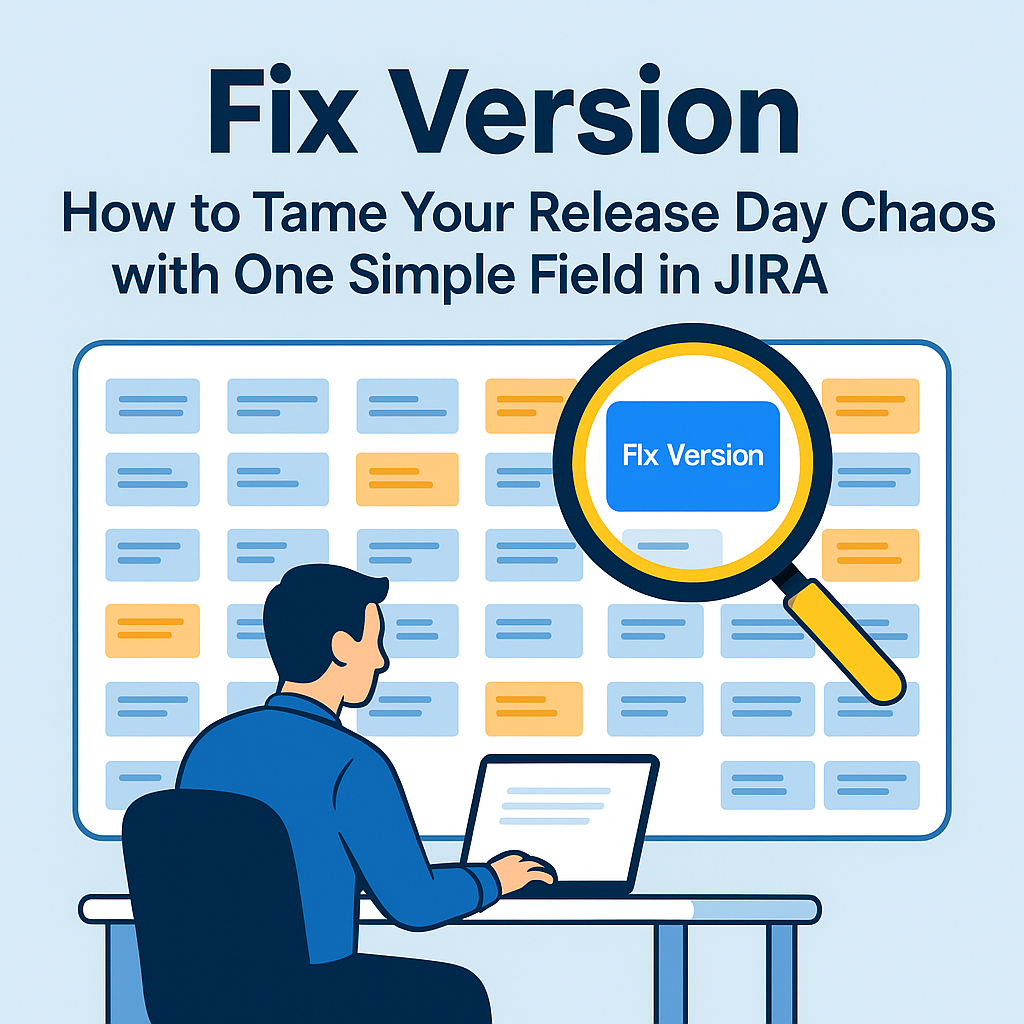While using multiple frameworks like React, Angular, and Vue in a single project might seem unusual or overcomplicated, there are specific real-world scenarios where this approach is beneficial. Here are some situations where combining frameworks can be a practical solution:
1. Gradual Migration from a Legacy System
Use Case: Migrating an existing web application to a modern tech stack without a complete rewrite.
Scenario:
A large enterprise application built with Angular (perhaps AngularJS or Angular 2+) may need modern interactive components, better state management, or improved performance. Instead of rewriting the entire application, the team may choose to:
- Embed React components for highly dynamic features (e.g., complex forms or dashboards).
- Introduce Vue components for lightweight interactivity in simpler parts of the application.
Benefits:
- Incremental migration without disrupting the entire system.
- Retain critical legacy components while progressively modernizing the application.
2. Micro-Frontend Architecture
Use Case: Building a modular web application where different teams work on separate parts of the project.
Scenario:
A large-scale e-commerce platform or SaaS product consists of multiple independent modules:
- The product catalog is built with Vue because the team prefers its simplicity and template system.
- The user authentication module is implemented in React for better integration with a modern state management library like Redux or Zustand.
- The admin dashboard uses Angular due to its strong TypeScript support and dependency injection for enterprise-level applications.
Benefits:
- Different teams can choose the best framework for their module without affecting the rest of the project.
- Easier maintenance and scalability as each module operates independently.
- Improved performance and reduced coupling between modules.
3. Third-Party Integrations or Widgets
Use Case: Integrating third-party widgets or libraries built with different frameworks into a single web application.
Scenario:
A SaaS company offers a data visualization platform where:
- The core application is built with Angular for enterprise-grade scalability and strong TypeScript support.
- A third-party data visualization library built with React (e.g., using D3.js) is integrated into certain views.
- Customer support chat is embedded as a widget using Vue because the third-party vendor provides it in Vue.
Benefits:
- Leverage specialized third-party libraries without the need to rewrite them.
- Provide a seamless user experience by integrating disparate technologies into a cohesive interface.
4. Hybrid Web Applications
Use Case: Creating a single-page application (SPA) with varying levels of interactivity and performance requirements.
Scenario:
A news platform delivers content in various formats:
- The homepage is built with Astro and static HTML for fast loading and SEO.
- The comments section is a dynamic React component that fetches and updates user comments in real-time.
- The polling or voting widget is a Vue component due to its simple two-way data binding and reactivity system.
- An admin dashboard is built with Angular to leverage its robust structure and scalability for managing content and users.
Benefits:
- Optimized performance by combining static and dynamic content.
- Improved maintainability as different parts of the application can use the most suitable framework.
- A user-friendly interface with high interactivity where needed.
5. Component Libraries Across Teams
Use Case: Sharing reusable UI components across different projects or teams that use different frameworks.
Scenario:
A design system team creates a company-wide UI component library for consistent branding and user experience. However:
- Team A uses React for their web apps.
- Team B prefers Vue for lightweight single-page apps.
- Team C maintains a legacy system in Angular.
The component library provides:
- React components for Team A.
- Vue wrappers around the same components for Team B.
- Angular modules for Team C.
Benefits:
- Consistency in UI/UX across different applications.
- Reduced development time as teams reuse the same components.
- Centralized maintenance of the design system.
6. Cross-Platform Applications
Use Case: Developing web applications that need to support both web and native platforms.
Scenario:
A healthcare platform provides:
- A web portal for doctors and patients, built with Angular for enterprise-level scalability.
- An internal tool for patient data visualization, developed with React for its rich ecosystem and native app integration via React Native.
- A mobile web view that uses Vue for fast and lightweight mobile-friendly components.
Benefits:
- Code sharing between web and mobile platforms.
- Consistent user experience across devices.
- Flexible development approach with the right framework for each platform.
7. Event-Driven Applications
Use Case: Building an event-driven, modular web application with a complex architecture.
Scenario:
A financial dashboard application needs to:
- Display real-time stock data using React for its efficient virtual DOM updates.
- Handle user authentication with Angular, leveraging its built-in routing, forms, and dependency injection.
- Provide lightweight, dynamic charts with Vue for easy integration with a charting library.
Benefits:
- Real-time data updates with minimal performance overhead.
- Robust user authentication and state management.
- Modular design that simplifies the development and debugging process.
When to Avoid Combining Frameworks
While there are legitimate use cases, mixing frameworks should be done with caution. Here are some situations where it might not be ideal:
- Small Projects: The added complexity isn’t worth it.
- Limited Resources: Your team may not have the expertise or bandwidth to maintain multiple frameworks.
- Performance Concerns: Improperly managed, combining frameworks can lead to higher bundle sizes and slower performance.
Conclusion
Combining frameworks like React, Angular, and Vue in a single project isn’t always necessary, but it can be highly beneficial in certain scenarios such as legacy migrations, micro-frontends, third-party integrations, or modular applications. By leveraging Astro or a micro-frontend architecture, you can integrate multiple frameworks efficiently, allowing teams to take advantage of the strengths of each framework while maintaining flexibility, scalability, and performance.




Leave a Reply